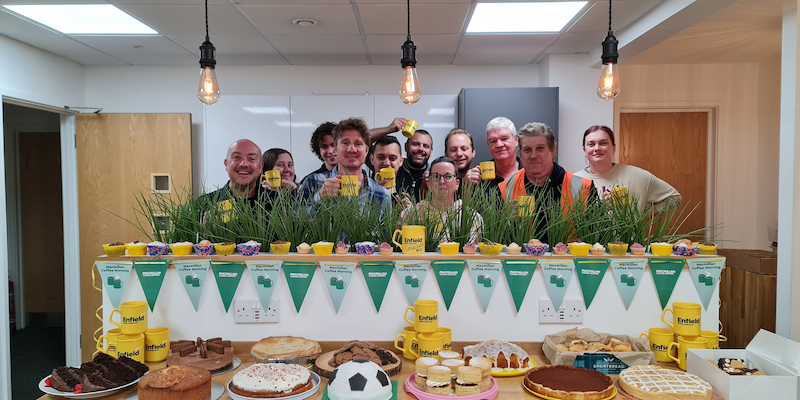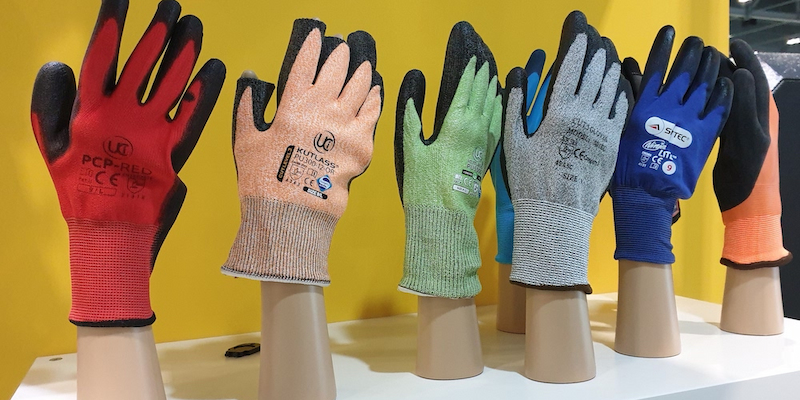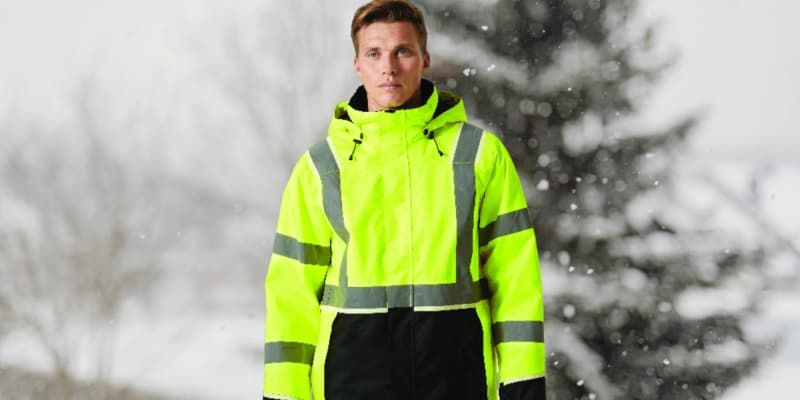
Contractor Safety: How to Boost Contractor Compliance
Almost all organisations will use contractors at some point and our Twitter followers tell us that contractor compliance is one of their biggest health and safety challenges.
Here are our top tips for contractor safety to help keep your organisation compliant and ensure everyone on site stays safe and healthy.
Scope out the job
Contractor compliance starts with knowing exactly what your project involves and what you need from a contractor. Make sure you have a clear and detailed project plan and job requirements before work begins. This should include a thorough assessment of risks contractors may be exposed to during a job. Any hazards should be eliminated or minimized before work begins and safe systems of work put in place.
Planning and assessing is vital in helping you choose the right contractor and communicating requirements.
Choose contractors carefully
If you’ve not yet built up relationships with trusted teams, spend some time researching contractors with a good work record and a sound reputation in the required field.
Questions to ask:
- Is the contractor a member of a professional, regulatory body?
- Can the contractor provide positive references from previous projects?
- Does the contractor have a rigorous health and safety policy and details of how it puts the policy into action?
- Does the contractor keep up-to-date staff training records and details of Continuing Professional Development (CPD)?
Assess a range of contractors and choose the one best equipped to meet your needs. Use your project plan to ensure contractors are happy they can meet all requirements for safe work before beginning on site.
Make contractors at ease on site
Contractors often work in unfamiliar settings. Strong lines of communication are key throughout a job to ensure workers are aware of hazards and feel comfortable in their working environment.
Compiling a contractor pack can help collate key information contractors need. The pack should include: project specifications, risk assessments, safe systems of work, site info and map, welfare facilities, Personal Protective Equipment (PPE) requirements, emergency procedures and key contacts.
Make sure you always know when contractors are on site: schedule work programmes ahead of time and ensure all contractors sign in and out. When contractors are on site, there should always be someone available to answer any questions and provide assistance.
Clear safety signage will also help contractors navigate safely around site and remind workers of PPE obligations. Use a safety station as a clear centre point for safety information.
Monitor, follow up and review
Make sure you know who is responsible for monitoring contractors. Even with a thorough risk assessment and project plan, open communication needs to continue throughout the job. Projects evolve, requirements get updated and working conditions can change. Monitoring contractor progress and maintaining regular communication will ensure everyone is up-to-date.
Keep clear records of the contract activity. Health and safety performance should be monitored consistently and any failings should be addressed swiftly.
Once a project ends, review the work with the contractor and discuss any health and safety issues which arose. Make notes on what went well and what could be improved for next time.
If you’re happy with their work and the contractor maintained good health safety compliance throughout the project, you can add them to you approved contractors list for future jobs.
Are you dealing with contractors? Share your top tips on our twitter feed.
Enfield Safety – no one works harder to bring you health, safety and welfare products at the right price, on time, every time.


